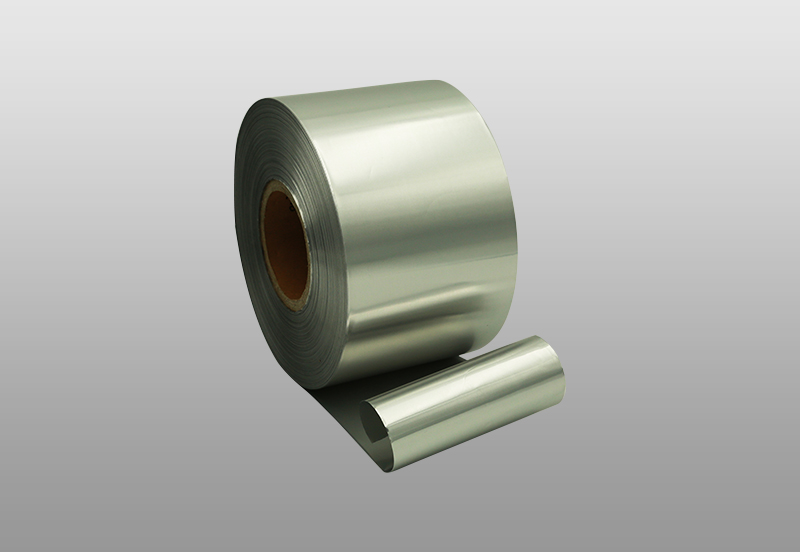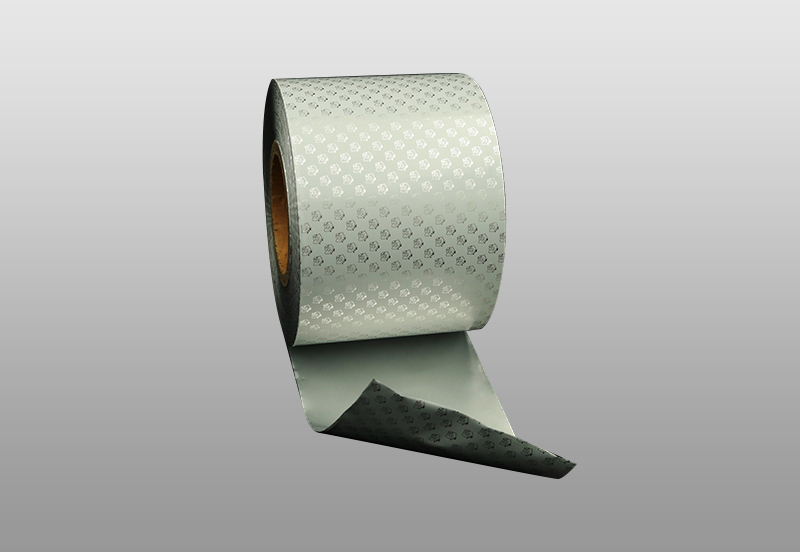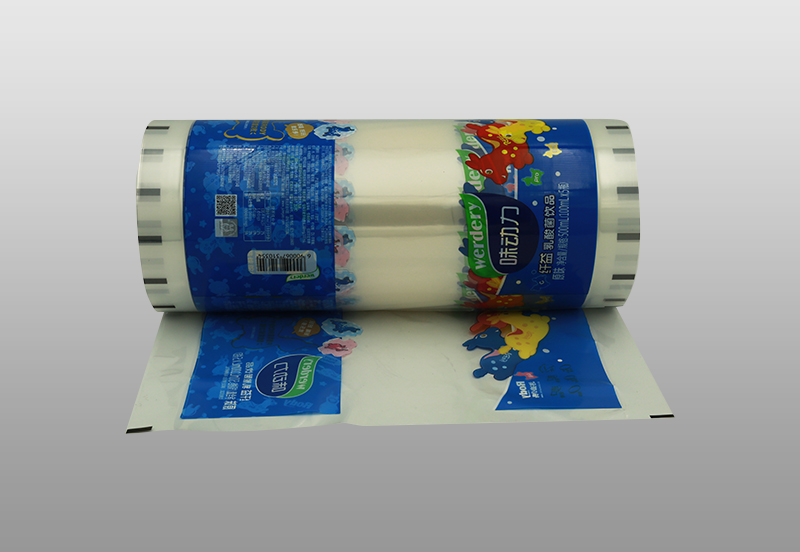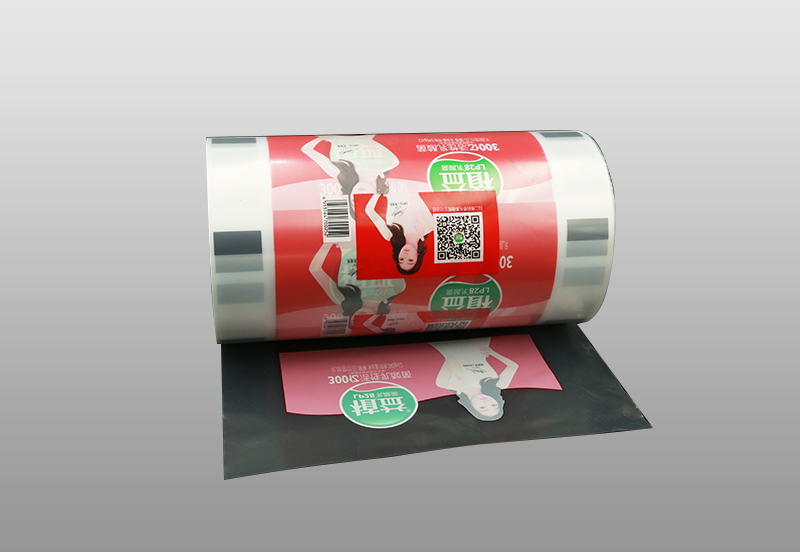Printed packaging film carries an image or message on its surface, usually the non-food side. The image is printed using one or more layers of ink on the film. The ink should have a high level of adhesion and gloss, and the film must be heat resistant. These attributes are measured by ASTM D3359-93, and the ink should meet or exceed that level to achieve acceptable performance.
Printed packaging film can be used to package a number of products. Ideally, it should be used for packaging food products. Suitable products include meat, fatty foods, produce, and some soups. In some cases, the film may also be used for packaging poultry. For instance, it is used for packaging braunschweiger, bologna, and other meat products.
Printed packaging film is typically made of three or more layers, with the thickness of the films varying from 2 to 20 mils. In some cases, the film may contain additional layers or tie layers. These layers can increase adhesion between the two layers and can include polymers with grafted polar groups that allow them to bond with polar polymers.
Printed packaging film can also include overprint varnishes. This type of coating is radiation-curable and is applied to the printed film using the same techniques used for ink application. Exemplary techniques include screen, gravure, flexographic, roll, and metering rod coating processes. The overcoat may be applied separate from the printed image, but is generally applied in-line.
The outside layer of printed packaging film is preferably transparent in non-printed areas. A material that is transparent has minimal scattering and minimal absorption, which allows objects to be seen clearly through it. This property is essential to protect packaging materials from heat during heat sealing. It also reduces the risk of burn-through during the process.
Polypropylene (PP) is a clear, glossy film made by polymerizing propylene gas. PP is not affected by changes in humidity and is less prone to stretches than polyethylene. Its tensile strength is an advantage when used to pack baked goods. OPP is frequently used for the windows and inner wrapping of paperboard bakery cartons.
Printed packaging film thickness can vary from 0.05 to five mils. The thickness of the film depends on the type of packaging and application. The film should have a Young's modulus of between 100 and 500 MPa. The higher the Young's modulus, the stiffer it will be, and the less likely it is to crack when flexed.
Overprint varnish must be able to withstand elevated heat during heat sealing. It should not stick to the heat seal jaw or pick off the coated film during the process. If the varnish is not UV-cured, it cannot withstand the elevated temperature.

 English
English Español
Español русский
русский 简体中文
简体中文






